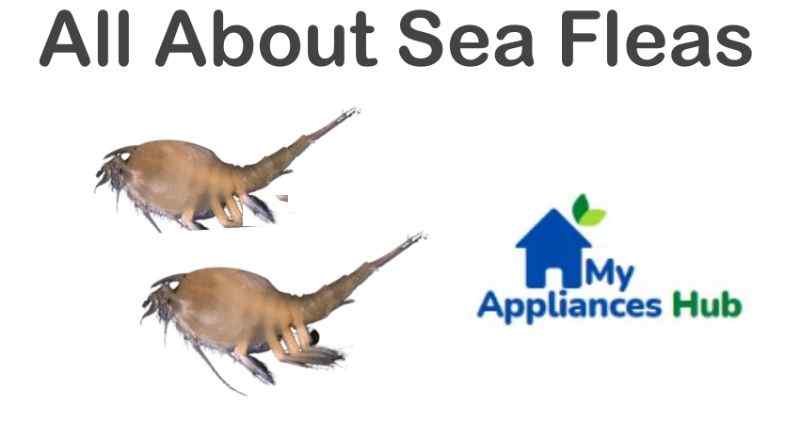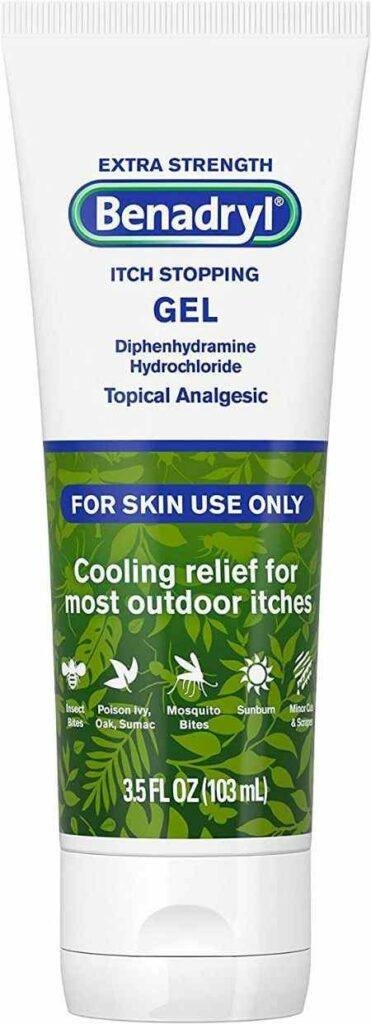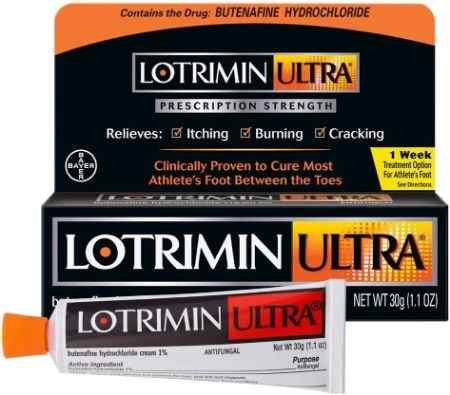So, what are sea fleas? Where are sea fleas found in the US? What do sea fleas look like? Are sea fleas the same as sea lice and sand fleas? Are sea fleas dangerous to people? All these questions are answered in this article.
What are sea fleas? Sea fleas are minute crustacean carnivorous creatures that live in deep sea waters. They feed mainly on dead marine life and carcass like sea birds, whales, fish, and crabs. Sea fleas are different from sea lice. Sea lice are parasites that feed and live on fish in ocean water, not people.
Also, please know that sea fleas are also not the same as sand fleas. There are two major species of sand fleas in the USA, i.e., sand fleas (also referred to as Chigoe flea, Jigger, and Nigua) and sand fleas with the scientific name “Emerita” (also called Mole Crab, a flea in the sand, and sand crab). You will learn and know the difference between sea fleas, sea lice, and the two kinds of sand fleas in this article.
Please read on.

Related Products to Treat Sea Fleas and Flea Related Itches/Poison/Sting/Bug Bite
Bug Bite Suction Tool and Poison Remover

Beurer BR60 Insect Sting and Bug Bite Relief and Healer

Benadryl Extra Strength Anti-Itch Gel

Lotrimin Ultra Athlete’s Foot Treatment (Hydrochloride 1%)

What Are Sea Fleas?
The scientific name for sea fleas is Lysianssid amphipods. Sea fleas (also referred to as flea of the sea) belong to the family of Lysianassidae of the crustacea marine Amphipoda species of the world with many genera. Sea fleas are tiny carnivorous crustaceans that feed on any dead and dying marine life such as sea birds, fish, crabs, whales, and even human bodies, etc.
How big can sea fleas get? They range in sizes such that the maximum size in length of sea fleas you may see will be less than 10 inches (25.4 centimeters), and they are primarily found in the deep sea. The smaller-sized sea fleas may not be easily seen with ordinary eyes.
But what is Amphipoda? Amphipoda is of the order of malacostracan crustaceans with a tight body and without the usual carapace. They range in size from 0.1 to 35 centimeters and are primarily scavengers. There are over 10 000 amphipod species of marine animals discovered so far by scientists in aquatic environments and various fresh glasses of water.
Getting recent scientific papers and research on sea fleas is challenging, and you can not even find them on ScienceDirect and Wikipedia.
Where Are Sea Fleas Found?
Where do Sea fleas live? Sea fleas are amphipod crustaceans that live and are found in deep sea waters and are well known by United States lobstermen to be a scavenger of lobster pots’ bait. They are also known to attack and eat both wounded and trapped lobsters and fish carcasses in the sea i.e., according to research and scientific studies peer-reviewed by the Proceedings of the Biological Society of Washington, titled “The Sea Flea dolobrotus Mardeni N. Gen., A deep water American Lobster Bait Scavenger By Thomas E. Bowman Smithsonian of the Institution, Washington, D.C.
The Three Species of Beach Sea Fleas in the United State Water
This study confirmed that Sea fleas would not disturb nor eat uninjured lobsters in the sea beds. Sea fleas (amphipod scavengers) are well known to be caught along with the American lobsters by the fishermen because they feed on the wounded lobsters.
The scientist identified two species of sea fleas. They are:
- Orchomenella pinguis (Boeck)
- Acinonyx Sarsi Steele and Brunei
The above two species are members of Lysianassidae known to live, breed, and scavenge in the deep sea, i.e., according to Vader, 1972 and Bowman, and Manning 1972.
The Australian Teenager Sea Flees Attack
These sea amphipod crustaceans are found in waters all around the world; This same species was recently blamed for the attack of an Australian teenager. It was on CNN to alert and inform the population of the mysterious flash-eating fleas.
The two Lysianassidae species of sea fleas can be found to live in the Atlantic boreal waters, i.e., from the South to North Carolina, while Anonyx sarsi is only found in Rhode Island to the research and studies (Bousfield, 1973; Steele and Brunei, 1968}. These beach sea flea species live in the ocean bed as deep as 100m.
Sea fleas regularly attack trapped lobsters. Such attacks have been found to take place in shallow depths in the following locations: New Brunswick, Seal Cove, and Grand Manan.
Sea Flea Vs. Sand Flea Vs. Sand Fly
What are the differences between sand fleas, sand flies, and sea fleas? Are there two species of sand fleas?
Yes, there are two species of sand fleas. A sand flea causes Tungiasis disease in humans and pets due to skin inflammation resulting from a female sand flea bite (i.e., species of Tunga penetrans). This particular sand flea is a parasitic insect called Jigger, Chigoe Flea, Jigger bug, or Nigua. This sand flea is different from harmless crustaceans sand flea known as “Emerita,” also called mole crab. It is of the decapod crustaceans genus.
The Emerita sand flea also has many names, such as flea in the sand, mole crabs, sand bugs, a beach flea, sand hoppers, and sand crabs. This particular sand flea is used for baiting fish in the ocean. They are an excellent baiting tool for fishermen because fishes like pompano, sheepshead, and redfish get attracted to them quickly.
Sand Fly is another kind of fly that is related to sand fleas. This specie is a biting gnat with the scientific name Ceratopogonidae. Other names for sand fly are biting midge, no-see-um, sandfly, and biting gnat. This can be found worldwide in any moist and warm region, beach, and gardens at home.
This particular sand fly will bite humans, which can be very painful. You can also activate the biting area of your skin by scratching due to the itching that comes with it. The bite can be treated with anti-inflammatory and anti-itch creams.
The above three common species of sand fleas are different from sea fleas such that sea fleas are tiny carnivorous crustaceans known to feed on dead marine life like fishes, sea birds, and anything dead in the deep seawater. The fishermen know sea fleas to scavenge lobsters.
Are Sea Fleas Dangerous to Humans?
How dangerous and harmful are sea fleas to humans? See, fleas are carnivorous crustaceans and eat anything that bleeds blood. This is why they get alerted by injured marine life in the deep sea. Sea fleas will undoubtedly go after any injured humans inside the deep waters. You have nothing to fear if you are not injured, and there is no blood bleeding.
Dr. Genefor Walker-Smith, a Marine biologist, also confirms this in the case of an Australian teen that was attacked by sea fleas at Brighton beach. He concluded that the sea fleas are not venomous and will pose no risk to humans and the public. They only get attracted to people inside the water that are injured and bleeding. They only eat the fish carcass.
Sea Fleas Vs. Sea Lice
Are sea fleas the same as sea lice? What differentiates sea fleas from sea lice?
Sea lice, also called sea louse (singular), are parasite crustaceans that affect and attack fish, not humans. It is also important to note that sea lice differs from sand fleas. In contrast, sea fleas are also crustacean but carnivorous such that they feed on the dead remain of marine life, e.g., sea birds, crabs, and whales. At the same time, sea lice or sea louse are external parasites that feed on hosts living fish, mucus, and epidermal tissue.
Are Sea Fleas Real?
How real are sea fleas? Are sea fleas real? Yes, sea fleas are real. But they are not as dangerous to humans as people think. They feed on marine life remains in the deep waters because they are scavengers and feed on dead fish, fish, and even whales. They will not attack humans as long as you are not bleeding and there is no trace of blood on your skin.
What is the best way to eliminate sea flees from attacking people in the water? How do you prevent and avoid sea fleas in deep sea water? A spokesperson of “Australia’s Department of Environment, Land, Water and Planning” suggested that sea fleas are essential to the ecosystem. He advised that you can avoid them by “wearing your Wetsuit, never stand still for a long time in water, and always put on your protective footwear.”
Sea Fleas Vs. Sea Fleas Devices (SP-500s)
The actual Sea Flees are ocean creatures that live in the deep sea, which is different from the Sea Fleas Devices (SP-500s).
The Sea Fleas Devices (SP-500s) are turtles with feet, heads, and tails. It is an oceanic submersible device mainly used to explore deep waters. The Sea Fleas Devices are of different types. The common ones are the SP-350 diving saucer and SP-500s. They are both employed for scientific exploration and observation like oceanic photography and filming.
Conclusion: What Are Sea Fleas About?
You now know all about what sea fleas are about, where sea fleas are found in the US, and the difference between sea fleas and sea lice, sand fleas (jigger), sand fleas (Emerita), and sand fly.
You also now know that a device is used for oceanic exploration called sea flees (SP-500s & SP-350). What do you think? Kindly drop your comment and feedback below.
Major Scientific Reference and Literature Citation About of Sea Fleas.
Below is a PDF copy of a study done by Thomas E. Bowman of the Smithsonian Institution, Washington, D.C. 20560 titled ” The ‘Sea Flea’ A deep water American Lobster Bait Scavenger (i.e., Amphipoda Eusiridae) PDF “. Published in a Proceedings of the Biological Society of Washington of Vol. 87, No. 14, pp. 129-138.